What is Monad (MON)? The High-Performance Ethereum-Compatible Layer-1 Explained (2025)
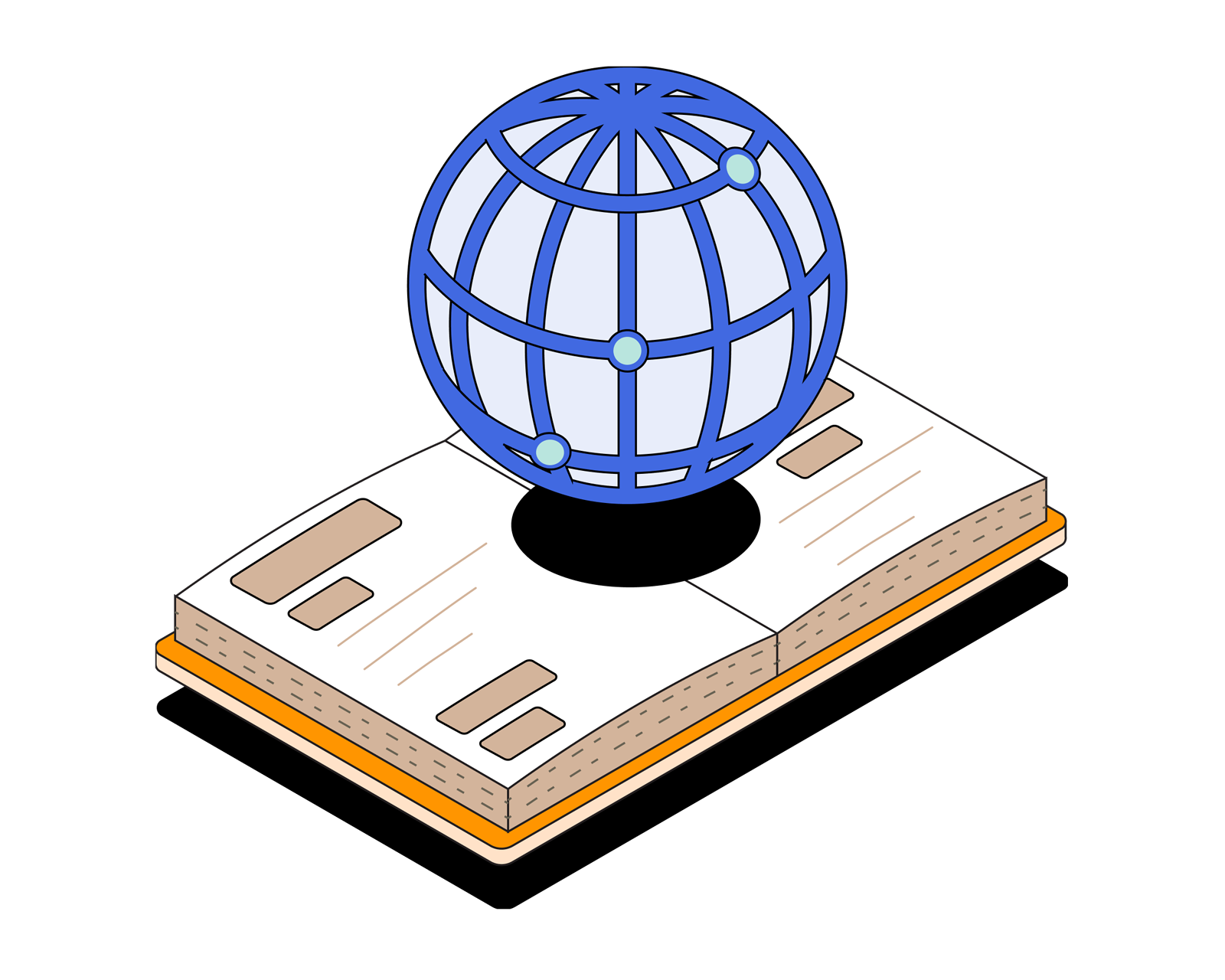
Table of Contents
- Overview: Monad’s Vision and Core Architecture
- How Monad Works: Key Innovations Behind its Speed
- Use Cases: What Monad Enables
- MON Token: Utility and Tokenomics
- Benefits: Why Monad Matters in 2025
- Risks and Limitations
- How Monad Compares to Other Layer-1 Blockchains
- Conclusion: Monad’s Place in the Next Phase of Blockchain Evolution
- FAQ: Monad (MON)
Monad (MON) is a high-performance Layer-1 blockchain capable of processing up to 10,000 transactions per second with sub-second finality and near-zero gas fees, all while maintaining full compatibility with the Ethereum Virtual Machine (EVM).
Monad’s design combines parallel execution, asynchronous processing, and its custom MonadBFT consensus mechanism to overcome the scalability limits that have long constrained decentralized networks like Ethereum.
Overview: Monad’s Vision and Core Architecture
Monad was created to address one of blockchain’s most persistent challenges - the trade-off between decentralization, scalability, and security. While many networks improve one dimension at the expense of another, Monad’s architecture seeks to balance all three.
Founded in 2022 by Keone Hon, James Hunsaker, and Eunice Giarta, Monad’s team brings deep experience from Jump Trading and MIT Media Lab. The project has raised over $244 million in funding, including a $225 million Series A led by Paradigm in 2024, with participation from Electric Capital, Greenoaks, Coinbase Ventures, and angel investor Naval Ravikant.
Monad’s client, built from scratch in C++ and Rust, runs efficiently on consumer-grade hardware, supporting decentralization by keeping validator participation affordable.
How Monad Works: Key Innovations Behind its Speed
Monad achieves its exceptional performance through several coordinated innovations:
1. MonadBFT Consensus
Monad uses a custom consensus mechanism derived from HotStuff BFT, optimized for high throughput and low communication overhead. This design enables block finalization in under one second, dramatically reducing latency compared to traditional Proof-of-Stake systems.
2. Parallel Execution Architecture
Unlike Ethereum, which processes transactions sequentially, Monad executes multiple transactions simultaneously using an optimistic parallel execution model. The system assumes transactions won’t conflict and only re-executes those that do, enabling throughput up to 10,000 TPS.
3. Asynchronous and Deferred Execution
Monad separates the ordering of transactions from their execution. Validators agree on the order first, then execute transactions later - a “pipelined” process that keeps consensus fast and consistent.
4. MonadDB Custom Database
The MonadDB database underpins this system by managing blockchain state data efficiently. It’s optimized for rapid reads and writes, reducing hardware demands while maintaining speed and accuracy.
5. Low Hardware Requirements
Because Monad’s software is lightweight, validators can run nodes on regular computers. This improves accessibility and decentralization while reducing the network’s environmental footprint.
Use Cases: What Monad Enables
Monad’s high throughput, low fees, and instant finality open the door for a new generation of blockchain applications, including:
- Decentralized finance (DeFi): Supports high-frequency trading, lending, and liquidity protocols that demand low latency.
- Gaming and metaverse apps: Near-zero fees and fast confirmation times enable smooth, interactive gameplay on-chain.
- Payment systems: Handles millions of microtransactions efficiently, bridging crypto and traditional finance.
- Ethereum migration: Developers can port existing Ethereum dApps and smart contracts directly to Monad without code changes.
For comparison, Ethereum processes around 15 TPS with average finality of 12–15 seconds, while Monad achieves 10,000 TPS and 800 ms finality - a leap that makes it suitable for high-volume applications once reserved for centralized systems.
Learn more about Decentralized Finance (DeFi), Decentralized Applications (dApps), Smart Contracts, Crypto Bridges, and the Metaverse.
MON Token: Utility and Tokenomics
The native token MON powers all activity on the Monad blockchain.
| Use Case | Description |
|---|---|
| Gas Fees | MON is used to pay transaction and smart-contract fees. Near-zero fees make frequent usage practical. |
| Staking & Security | Validators and delegators stake MON to secure the network and earn rewards. |
| Governance | Holders can vote on protocol upgrades, validator policies, and treasury decisions. |
Token supply: 100 billion MON (fixed)
Distribution: Details have not been finalized publicly, but the team has teased airdrops and early participation incentives.
Learn more about gas and staking.
Benefits: Why Monad Matters in 2025
- Massive Performance Gains – 10,000 TPS and 0.4-second blocks enable applications that were previously impossible on-chain.
- Ethereum Compatibility – Developers can migrate easily using familiar tools like MetaMask, Hardhat, and Foundry.
- Low Fees and Energy Efficiency – High throughput and low hardware needs keep gas costs near zero.
- Scalable Decentralization – Nodes can run on consumer hardware, lowering barriers to participation.
- Backed by Leading Investors – Institutional support from Paradigm and Coinbase Ventures signals strong confidence in Monad’s vision.
Risks and Limitations
- Adoption Risk: Despite strong tech, success depends on developer and user adoption in a crowded Layer-1 market (e.g., Solana, Avalanche, Sui, Aptos).
- Decentralization Trade-offs: High performance may concentrate validator power unless participation remains broad.
- Execution Risk: Achieving theoretical 10,000 TPS in real-world environments depends on network maturity and optimization.
- Airdrop Controversy: Early community concerns about fairness could affect perception and trust.
How Monad Compares to Other Layer-1 Blockchains
| Blockchain | Transactions per Second (TPS) | Block Time | EVM Compatible? | Consensus Mechanism |
|---|---|---|---|---|
| Monad | 10,000 + | 0.4 s | ✅ Yes | MonadBFT (BFT + PoS) |
| Ethereum | ~15 | 12 s | ✅ Yes | Proof of Stake |
| Solana | 3,000 – 6,000 | 0.4 s | ❌ No | Proof of History + PoS |
| Avalanche | 4,500 + | 2 s | ✅ Yes | Avalanche Consensus |
| Sui | 3,000 – 5,000 | <1 s | ✅ Partial | Narwhal + Bullshark |
Monad’s unique advantage lies in combining EVM compatibility with parallel execution and consumer-grade accessibility, bridging performance and developer familiarity.
Learn more about the differences between blockchain layers.
Conclusion: Monad’s Place in the Next Phase of Blockchain Evolution
Monad (MON) represents a new generation of EVM-compatible Layer-1 blockchains built for scale. By achieving near-instant finality, massive throughput, and full Ethereum interoperability, it aims to deliver the infrastructure necessary for mainstream-grade decentralized finance, gaming, and real-world applications.
While still in its early stages, Monad’s technical ambition, proven leadership, and strong investor backing position it as one of 2025’s most closely watched blockchain projects.
FAQ: Monad (MON)
What makes Monad different from Ethereum?
Monad maintains full EVM compatibility but introduces parallel and asynchronous execution, enabling 10,000 TPS and 0.4-second blocks - far faster than Ethereum’s 12-second blocks.
Is Monad decentralized?
Yes. Nodes can run on consumer hardware, promoting accessibility and decentralization. However, real-world validator distribution will determine how decentralized it becomes.
Can developers migrate Ethereum apps to Monad?
Absolutely. Monad supports existing Ethereum bytecode and RPC standards, allowing dApps to migrate with little or no modification.
What is the total supply of MON tokens?
The total supply is capped at 100 billion MON.
When will Monad’s mainnet launch?
Monad’s mainnet is expected in 2025, following testnet performance evaluations and validator onboarding.
Is Monad a good investment?
Monad offers strong technical fundamentals and investor backing, but as with all cryptocurrencies, it carries volatility and adoption risk. Conduct independent research before participating.
Related guides
Start from here →
What is Bitcoin?
Get a straightforward introduction to Bitcoin and why it matters.
Read this article →
What is Bitcoin?
Get a straightforward introduction to Bitcoin and why it matters.

What are Altcoins?
Altcoins are cryptocurrencies beyond Bitcoin. Learn about their diverse functionalities, use cases, risks, and potential.
Read this article →
What are Altcoins?
Altcoins are cryptocurrencies beyond Bitcoin. Learn about their diverse functionalities, use cases, risks, and potential.
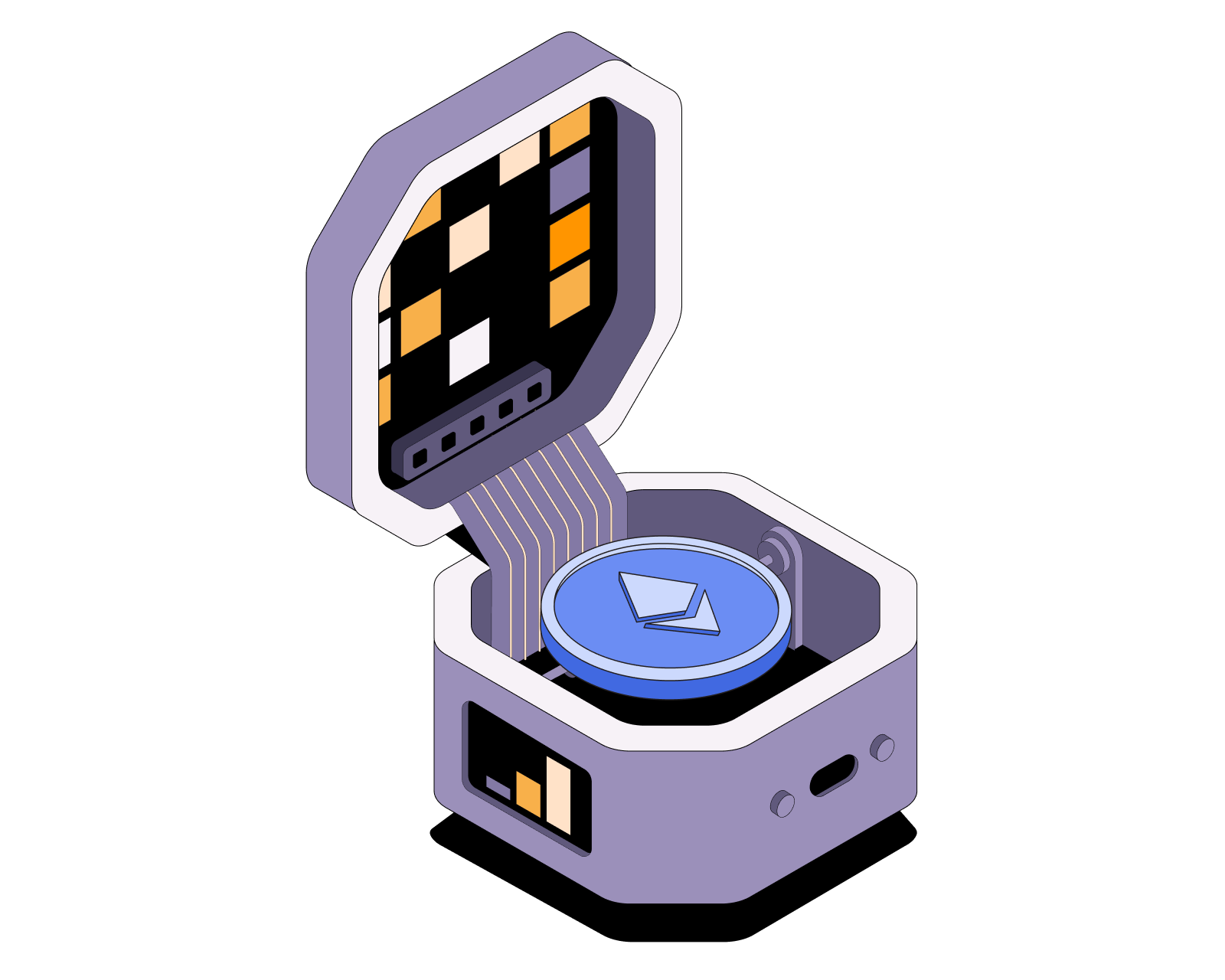

What is Ethereum?
Understand Ethereum's key characteristics.
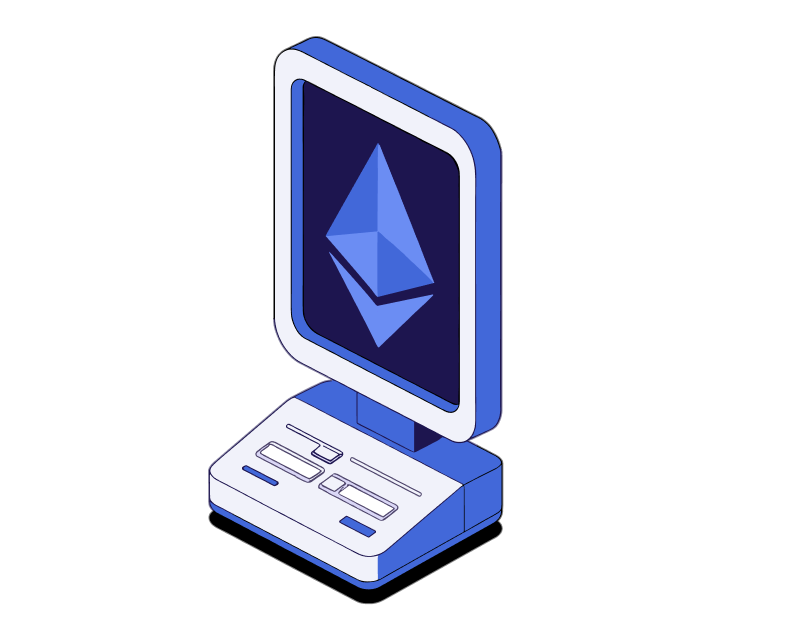
What is EVM?
Learn about the EVM, the virtual machine that powers Ethereum and other blockchain networks.
Read this article →
What is EVM?
Learn about the EVM, the virtual machine that powers Ethereum and other blockchain networks.

Blockchain Layers Explained
A deep dive into the different layers of blockchain technology, from Layer 0 to Layer 3, and their role in the crypto ecosystem.
Read this article →
Blockchain Layers Explained
A deep dive into the different layers of blockchain technology, from Layer 0 to Layer 3, and their role in the crypto ecosystem.

What is DeFi?
Learn what makes decentralized finance (DeFi) apps work and how they compare to traditional financial products.
Read this article →
What is DeFi?
Learn what makes decentralized finance (DeFi) apps work and how they compare to traditional financial products.
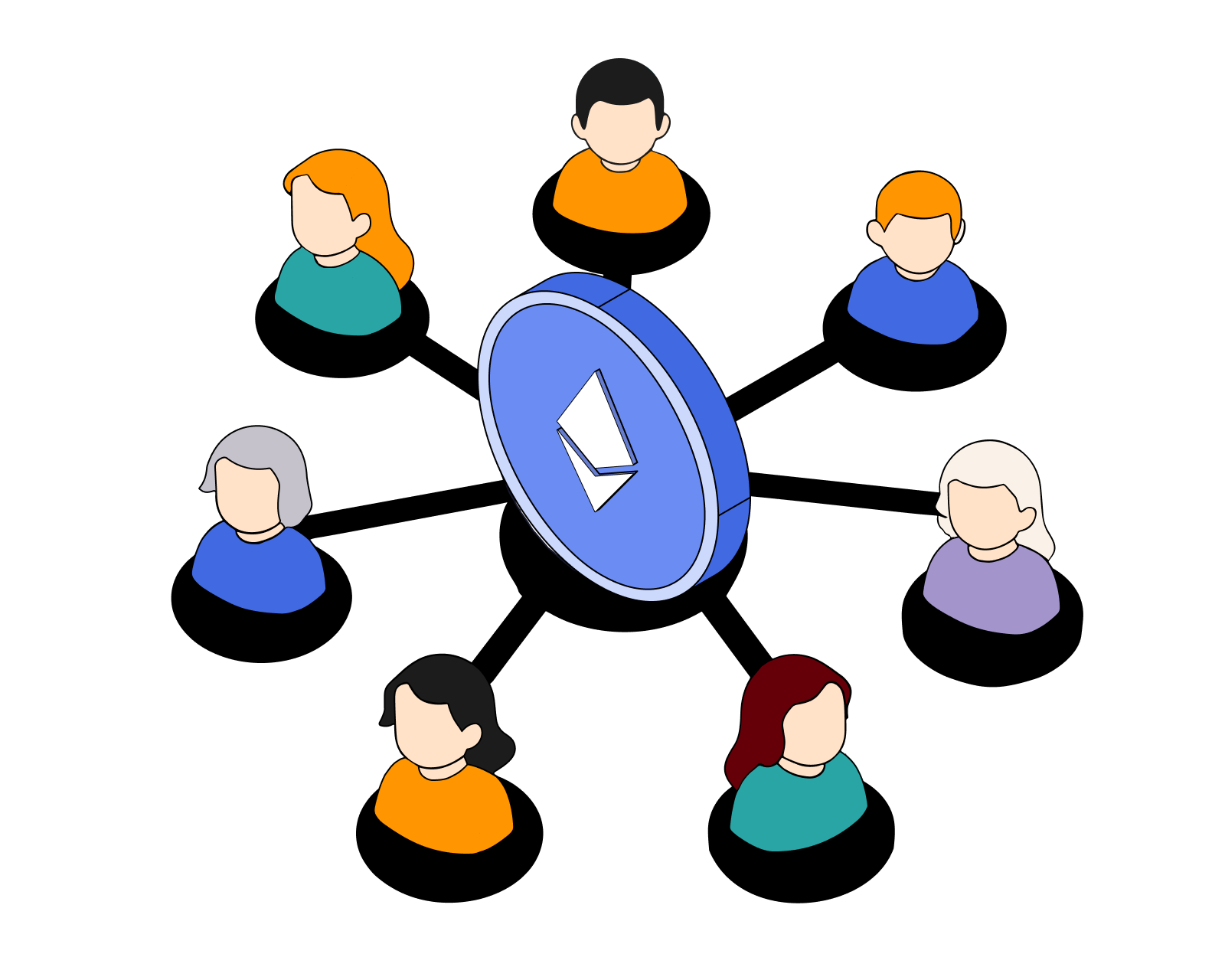
What is Proof of Stake (PoS)?
Learn about Proof of Stake (PoS), how it works, its advantages and disadvantages, and its use in popular blockchains like Ethereum.
Read this article →
What is Proof of Stake (PoS)?
Learn about Proof of Stake (PoS), how it works, its advantages and disadvantages, and its use in popular blockchains like Ethereum.
STAY AHEAD IN CRYPTO
Stay ahead in crypto with our weekly newsletter delivering the insights that matter most
Weekly crypto news, curated for you
Actionable insights and educational tips
Updates on products fueling economic freedom
No spam. Unsubscribe anytime.
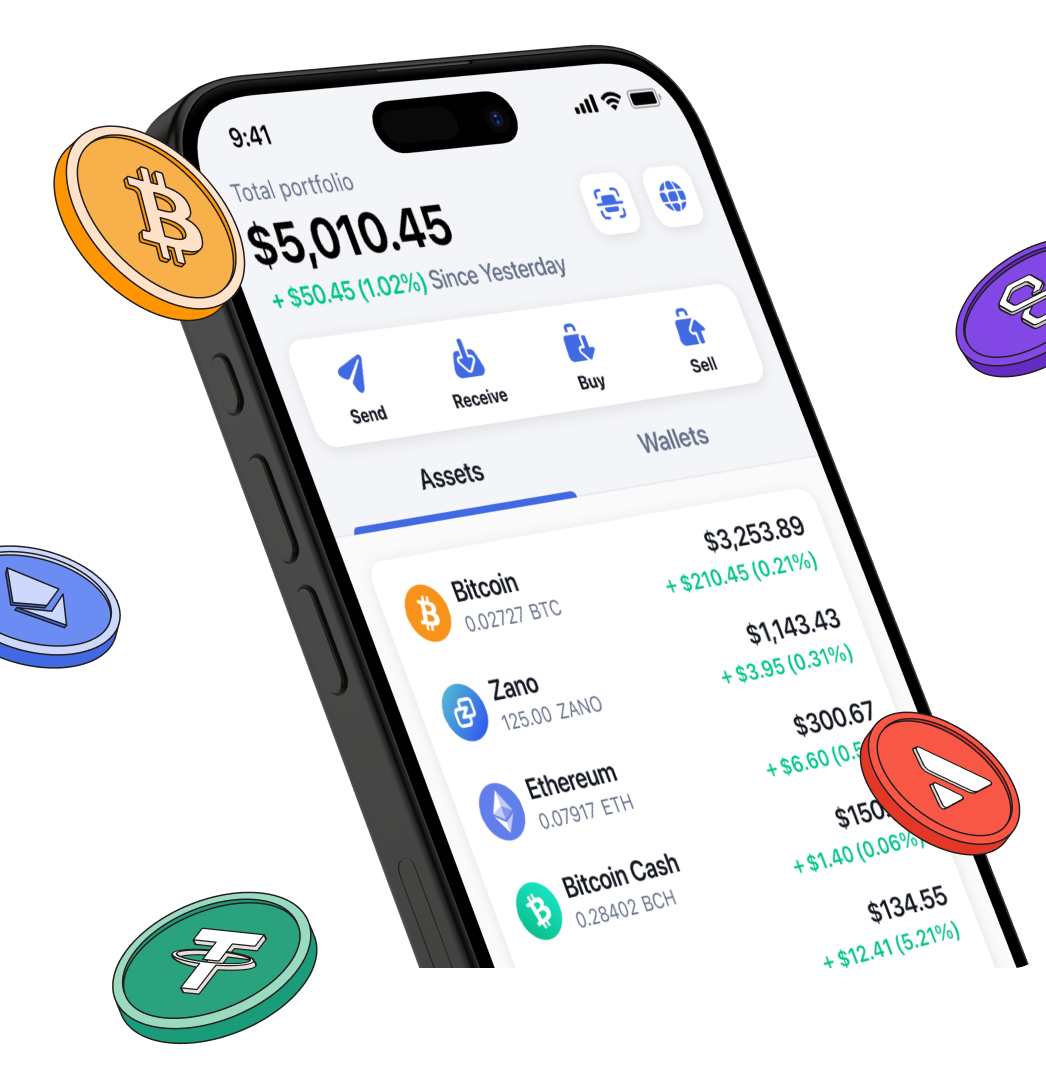
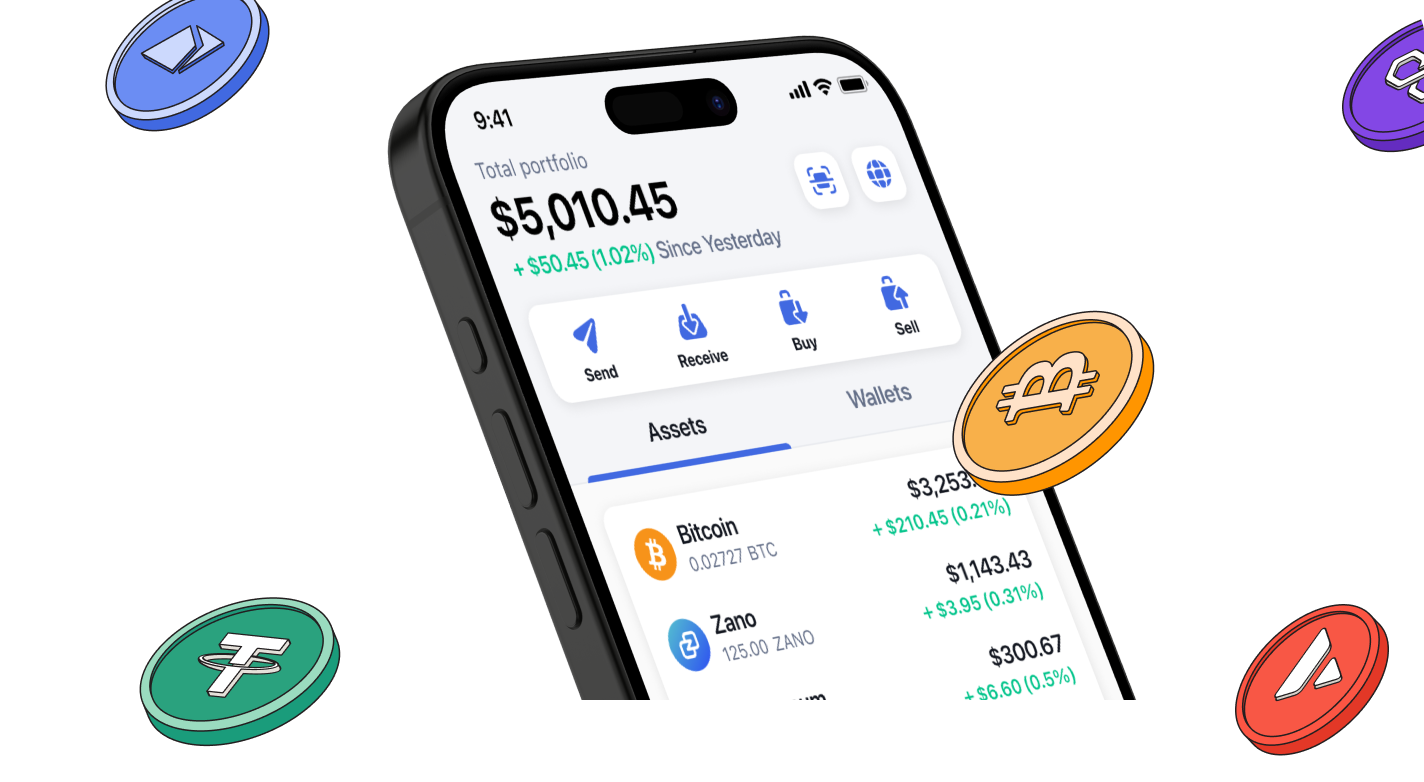
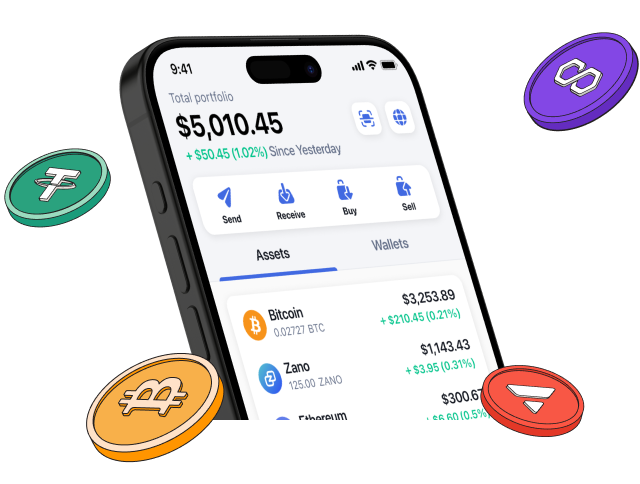
Start investing safely with the Bitcoin.com Wallet
Over wallets created so far
Everything you need to buy, sell, trade, and invest your Bitcoin and cryptocurrency securely

© 2025 Saint Bitts LLC Bitcoin.com. All rights reserved


